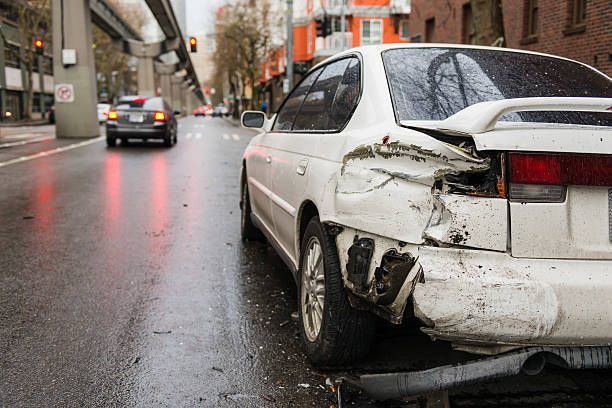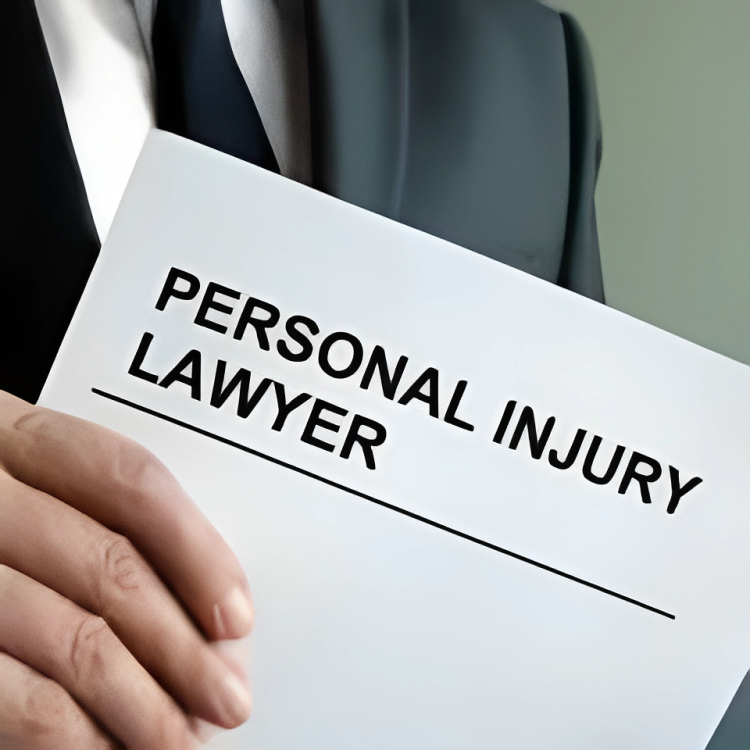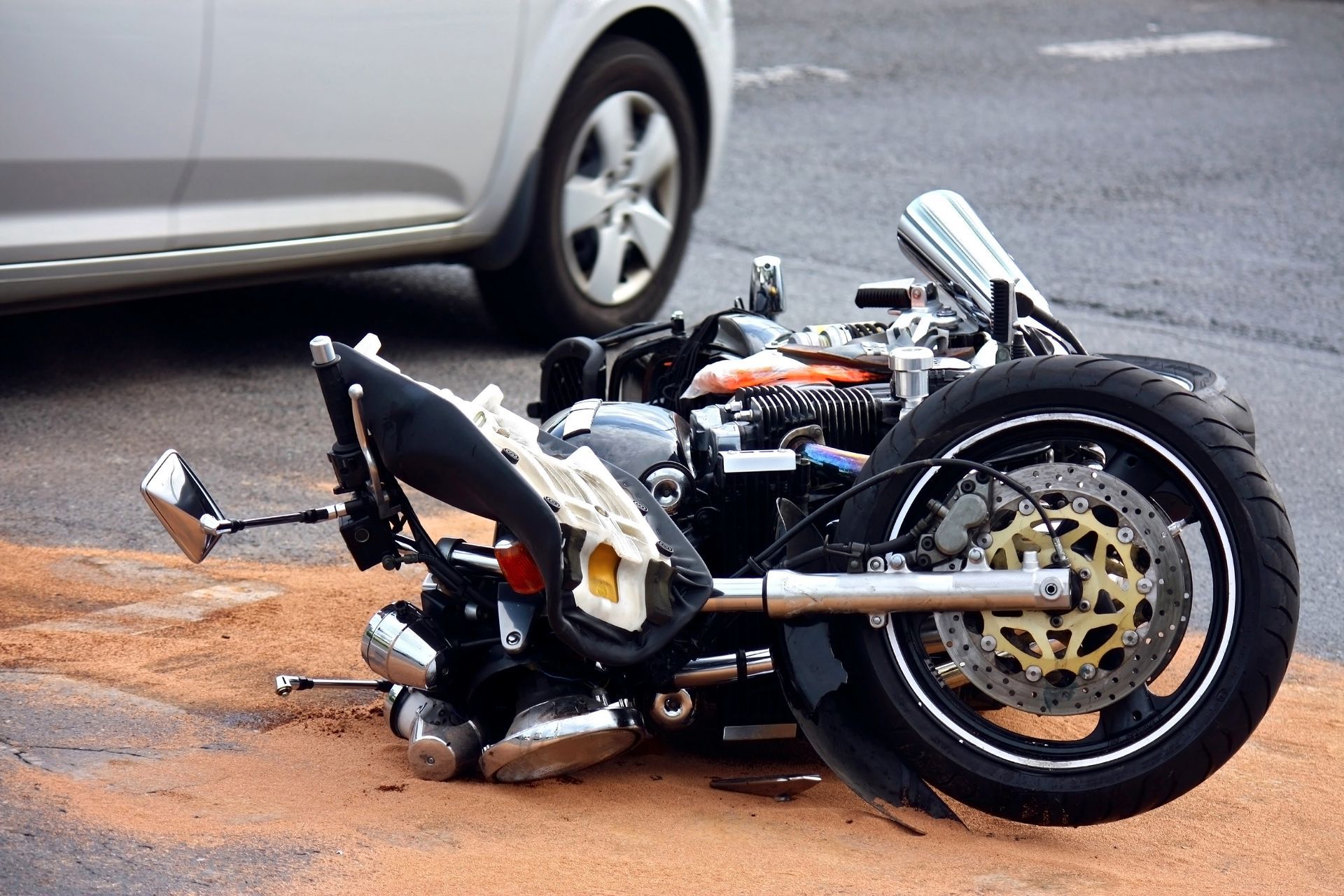Denver Metro: 720-588-9120 Colorado Springs: 719-888-6118
How to Fight a Personal Injury Lawsuit
Navigating the Legal Process: Here’s How to Fight a Personal Injury Lawsuit
KEY TAKEAWAYS:
- Here’s how to fight a personal injury lawsuit
with legal help:
- Gather proof like accident photos, injury images, and property damage
- Keep witness statements, accident reports, and relevant documents
- Consult a professional personal injury lawyer
- Prove that negligence or wrongdoing caused the injury
- Assess the damages
- Calculate medical bills, lost income, pain, and future impact
- Attorney negotiates a fair settlement
- Trial preparations begin, if need be
- Attorney represents your case at trial
- After trial, verdict and compensation decision reached
- Compensation covers assessed damages and losses
- Unfavorable verdict can lead to post-trial options like appeals
Dealing with the aftermath of an unjust injury can be tough — physically, emotionally, and financially. If you’re thinking about taking legal action to get compensation for your injuries, then you’ll need to know what you can expect, what your best options are, and how to approach it. That’s why we’ve put together this quick breakdown on how to fight a personal injury lawsuit.
As certified personal injury attorneys, we see and handle injury cases every single day. If you’re not familiar with these kinds of legal proceedings, then it’s easy to get very overwhelmed very quickly. Let us take some of the confusion out of the legal process! Here’s how to fight a personal injury lawsuit when you’re working with a professional attorney.
How to Fight a Personal Injury Lawsuit (with Legal Help):
1). Keep Proof: Why Documenting Everything Matters
Hold onto any evidence related to the accident. That could be pictures of where it happened, any injuries you can see, damage to things, and anything that might have led to the accident. Also, collect statements from anyone who saw it, accident reports, and any other paperwork that can show why you need compensation.
2). Talk to an Experienced Personal Injury Lawyer: Getting Expert Help
Bringing in a personal injury lawyer who knows what they’re doing is really important. A lawyer with experience in these cases will give you valuable advice, figure out if your case is strong, and make sure you understand your rights and what you can do. They’ve done this before, so they can guide you through the complicated legal process.
3). Find Out Who’s Responsible: Proving Fault and Negligence
To build a strong case, you have to prove who’s responsible. That means showing that the person who caused the accident was careless or did something wrong. Your lawyer will look closely at what happened, gather evidence, and make a clear story that shows it was the other person’s fault.
4). Calculate Compensation: Find Out What You’re Entitled To
You have to figure out how much all the harm from the injury costs. This includes medical bills, money you didn’t earn because you couldn’t work, how much pain and suffering you went through, and how much your life has been changed. Your lawyer will work with you to figure out these costs and show why you should get a certain amount of compensation.
5). Negotiations Begin: Getting the Best Deal Possible
Before going to court, your lawyer will talk to the other side or their insurance company to try and make a deal. This deal should give you a fair amount of money for what you went through. Your lawyer is an experienced negotiator, so this step might just save you from having to go to court at all!
6). Trial Preparations: Gearing Up for Trial (if You Have to Go)
If talking doesn’t work, you might have to go to court. But don’t worry — this is only if you really need to. Your lawyer will help you get everything ready for the court process. They’ll file the right papers, talk to the other side’s lawyer, and make sure you’re prepared.
7). Representing You in Court: Your Lawyer Presents Your Case
If your case goes to trial, your lawyer will show your evidence and tell your side of the story in front of the judge and jury. They’ll also question witnesses and talk to the other side’s evidence. Your lawyer will use their skills to present a strong case on your behalf.
8). What Happens After Court: The Outcome and Compensation
When the trial ends, the judge or jury will make a decision. If they decide in your favor, they’ll also decide how much money you should get. This money will cover the costs and harm you suffered because of the injury.
9). What’s Next: Appeals and More Help
If the trial doesn’t go the way you hoped, you might be able to ask a higher court to look at it again. Your lawyer will explain these options and help you figure out what to do next.
Need Legal Assistance for Your Personal Injury Case? Let Us Help!
Now that you know how to fight a personal injury lawsuit, it’s time to take action and seek the professional help that you need! That’s where the professionals come in to play.
If you’ve been wondering how to fight a personal injury lawsuit, then chances are, you’ve never been in this situation before, and you’re seeking legal counsel. That’s where we can help. We’re a team of trusted personal injury lawyers in Colorado. Request a free consultation today, and let’s discuss your case and your best options!






CONTACT INFORMATION
Denver Office
Greenwood Village: 720-588-9120
5500 Greenwood Plaza Blvd Suite 130, Greenwood Village, CO 80111
Colorado Springs Office
Colorado Springs: 719-888-6118
6745 Rangewood Dr # 107, Colorado Springs, CO 80918





